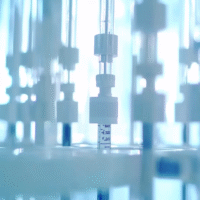Clinical Outcomes of Selective Dentin Removal for Deep Caries
Study Overview
This study compared two methods for treating deep caries in permanent teeth: selective removal to soft dentin (SRSD) with or without calcium silicate (CS) and selective removal to firm dentin (SRFD).
Study Details
Conducted from November 2018 to March 2020, the study involved 165 deep caries lesions in 134 patients. Participants were divided into:
- Control Group: 46 patients treated with SRFD and CS.
- Test Group: 101 patients receiving SRSD, further split into:
- SRSD with CS (45 patients)
- SRSD without CS (45 patients)
- PE Group: 29 patients with exposed pulps during treatment.
Key Findings
After five years:
- Success Rates: SRSD (94.1-100%) was significantly more successful than SRFD (75.8%) and PE (81.8%).
- Factors Influencing Outcomes: Cavity type and depth affected dentin bridge formation.
Conclusion
The study concluded that SRSD, with or without CS, is more effective than SRFD for treating deep caries, regardless of patient age or cavity characteristics. Using CS after SRSD improved healing.
Clinical Relevance
SRSD is a better option for managing deep caries lesions.
Enhancing Clinical Practice
Clinical trials are essential for developing safe treatments. Our AI-driven platform, DocSym, integrates ICD-11 standards and clinical protocols into one accessible resource for healthcare providers.
Streamlining Healthcare Operations
Our mobile apps facilitate scheduling, treatment monitoring, and telemedicine, improving patient care management and expanding digital services.
Improving Patient Outcomes
By leveraging AI, clinics can enhance workflows, improve patient outcomes, and reduce paperwork. Discover more at aidevmd.com.




























